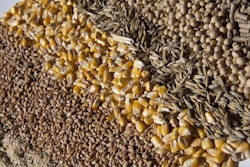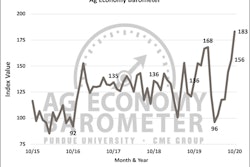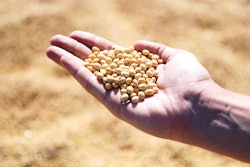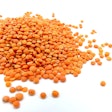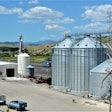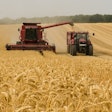
Farm supply cooperatives have a long, proud history and remain the dominant form of crop input distribution in North America. In recent years, however, challenging fundamentals, disruptive forces and increased competition have threatened their business model. U.S. farmers are increasingly price conscious due to financial stress, adding yet another pressure point on the co-op’s profit margins.
According to anew reportfrom CoBank’s Knowledge Exchange, these challenges may be a catalyst for farm supply cooperatives to rethink their business model. The report outlines several ideas for them to explore in their annual strategic planning process.
"The farm supply space remains dynamic and cooperatives have several tools to strengthen their operating model,” says Kenneth Scott Zuckerberg, lead economist, grain and farm supply, at CoBank. “Beyond pursuing internal operational excellence, co-ops are uniquely positioned to help guide the digital transformation of agriculture.”
Historically, farm supply cooperatives have added value to members and maintained a competitive advantage through local knowledge and expertise, strong multi-generational relationships and an adherence to tradition. However, farmers are more focused on costs after multiple years of margin pressure due to low commodity prices and competition with other growing regions such as Argentina and Brazil. Meanwhile, new and next generation farmers often don’t feel as tethered to legacy relationships with local cooperatives.
Another threat comes from the input manufacturers that supply products to farm cooperatives for resale. Beyond their ability to limit sales commissions and incentives, manufacturers may eventually sell more products directly to farmers. Additionally, as farming enterprises grow larger and more sophisticated, they are more likely to hire their own crop consultants, agronomic advisors and contract sprayers, and are less likely to rely on traditional services from the local cooperative.
Despite these challenges, farm supply cooperatives can create additional value by pursing economies of scale, diversifying product offerings and revenue sources and simplifying operations. One strategic idea that boards and management teams may wish to consider is to partner with other grain and farm supply cooperatives-especially those with transportation, logistics or infrastructure assets, such as fertilizer blending.
另一个转换想法是合作伙伴ith emerging ag tech start-up companies that offer farm management software, crop diagnostics, aerial imagery, advanced sensors and even robotics. The end goal of such partnerships is the ability to offer enhanced agronomy and precision field application services.
Finally, the farm operations that grow larger will have more intellectual and financial capital to modernize their operations. For these next-generation growers, cooperatives have the opportunity to offer these customers more technical advice, analytics, and insights to guide them in the digital transformation of agricultural production.
Read the full report,Field of Agronomic Dreams: Rethinking the Farm Supply Co-Op to Drive Value.
AboutCoBank
CoBank is a $148 billion cooperative bank serving vital industries across rural America. The bank provides loans, leases, export financing and other financial services to agribusinesses and rural power, water and communications providers in all 50 states.





